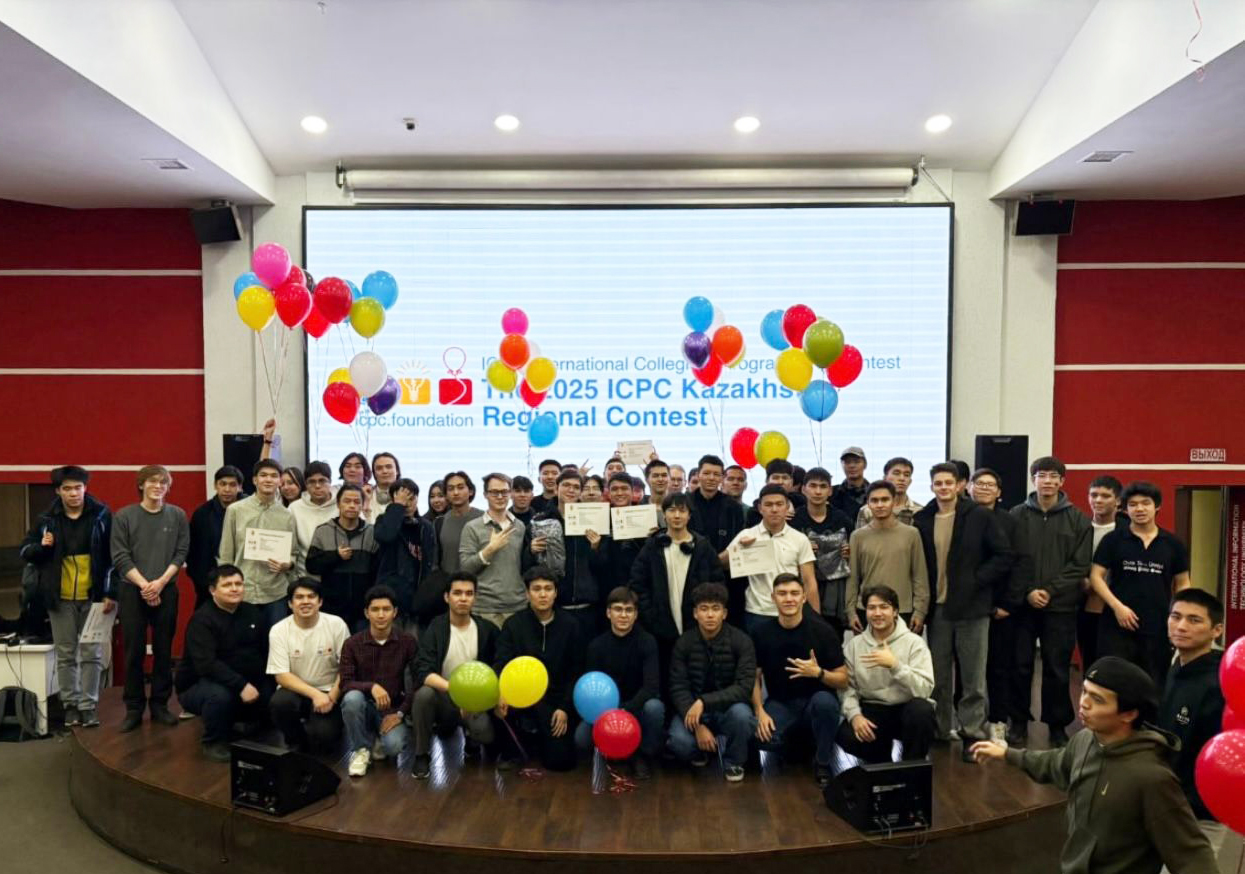Excursion to the aeration station ‘Almaty Su’

As part of the implementation of the Sustainable Development Goals "Quality Education", teachers of the UNESCO chair for Sustainable Development organized an excursion for 4th-year students of the EP "Ecology", "Life Safety and Environmental Protection" to the aeration station "Almaty Su" in order to familiarize themselves with the technological processes of wastewater treatment. During the excursion, the students were fully visually acquainted with the treatment facilities of the city of Almaty, the technologies of mechanical and biological wastewater treatment.
It should be noted that the distinctive feature of municipal wastewater is the diversity and variability of its composition, uneven inflow over time both during the day and by months and seasons of the year, as a result of which the technological modes change, which negatively affects the quality of treatment and the environmental component as a whole. The technologies, equipment and machinery currently used for wastewater treatment are very diverse. In municipal wastewater treatment systems, the most widely used methods are mechanical and biological wastewater treatment. This is the classic wastewater treatment scheme used at the Almaty aeration station.
The sewerage system of the city of Almaty operates on an incomplete separate system, one of them is storm (arychnaya) - with water drainage into small rivers, the other is citywide - for industrial and domestic wastewater. The throughput capacity per day is 640 cubic meters of water. The city's wastewater, which enters the city sewerage system, is treated at the aeration station, which includes three workshops: mechanical treatment, biological treatment and a wastewater disposal workshop. 60% of the treatment takes place in the mechanical workshop. A receiving chamber serves to equalize the speeds and evenly distribute the wastewater along the feeder channels of the grates. From the chamber, the wastewater is directed through reinforced concrete channels to the mechanical grates.
The waste retained on the grates is pre-rinsed under pressure with process water (hydro flush), then collected in a special container, where it is dehydrated and, together with solid household waste from the aeration station, is removed by a specialized organization, under contractual conditions, to the solid waste landfill. The retention of heavy solid particles (mainly of mineral origin) is carried out in horizontal sand traps. The settled solid particles and sand are moved by a hydraulic system to a pit, from where they are pumped to sand pads by a hydraulic elevator. There are 5 active sand traps and 3 reserve ones.
After the sand traps, the wastewater is fed to the distribution bowl of the primary radial settling tanks in a common tray, where it is quantitatively measured. Excess activated sludge from the sludge channel of the biological treatment plant can also be supplied here via a pipeline to improve sedimentation. The removal of suspended matter from wastewater that can settle or float under the force of gravity occurs in primary radial settling tanks. The raw sediment that has fallen in each settling tank is moved by scrapers installed on the sludge scraper farm to a pit, from which it is pumped out to sludge pads. After settling in the settling tank, the clarified wastewater is collected in a common channel and sent via the Almaty siphon to biological treatment facilities.
In the open earthen channel before the biological treatment, a sluice-regulator is installed, which can distribute wastewater - either to the channel feeding the biological treatment, or (bypassing the biological treatment facilities) along the discharge channel into the storage system. After the second stage of biological treatment is put into operation, all wastewater is treated at its facilities, and the sluice-regulator is closed and sealed.
The treatment facilities of the aeration station operate continuously, around the clock, cleaning all wastewater of the city and its suburbs to the required degree of purification. Biologically treated wastewater is discharged through the discharge channel to the Sorbulak storage tank. On the territory of the Aeration Station there are all the necessary administrative, laboratory, household and service buildings and premises, including: repair and mechanical workshops, a garage, a concrete and mortar unit, pumping stations and warehouses.
Nurgul BERGENEVA,
Associate Professor
Aknur ZHOLDASBEK,
Lecturer of the UNESCO chair for Sustainable Development
Other news


